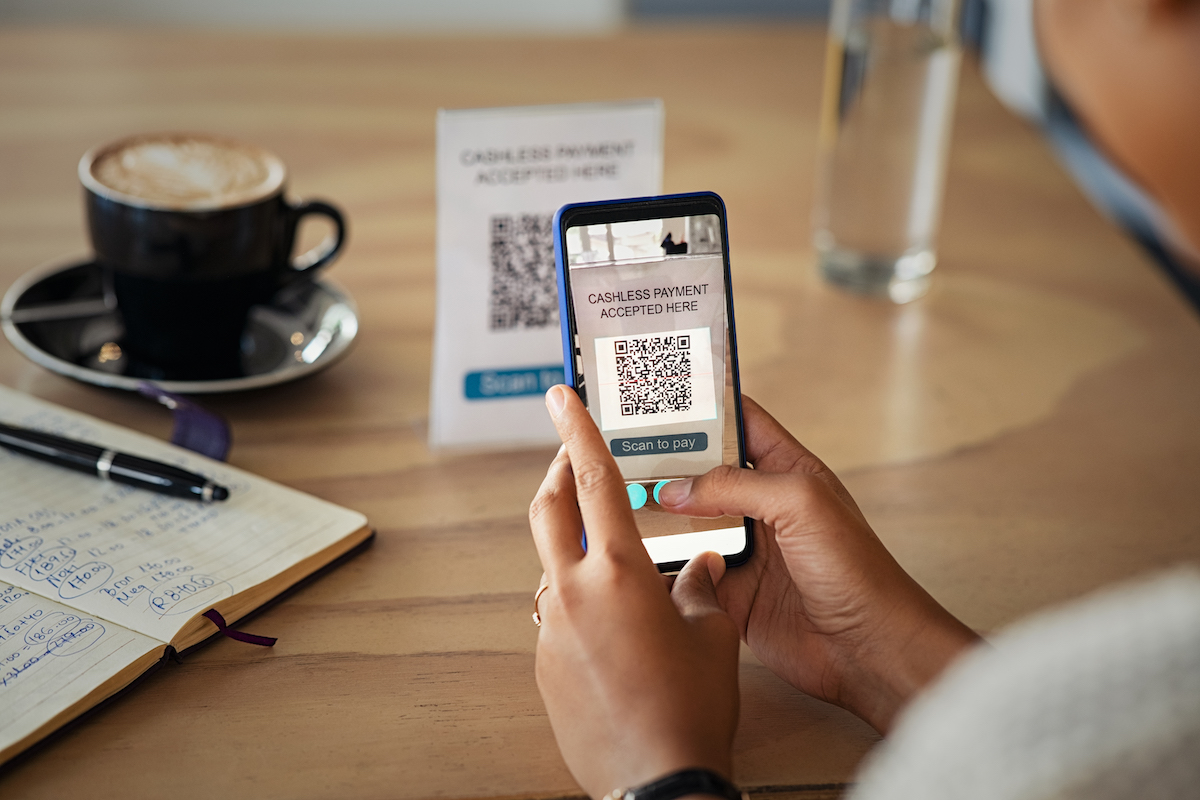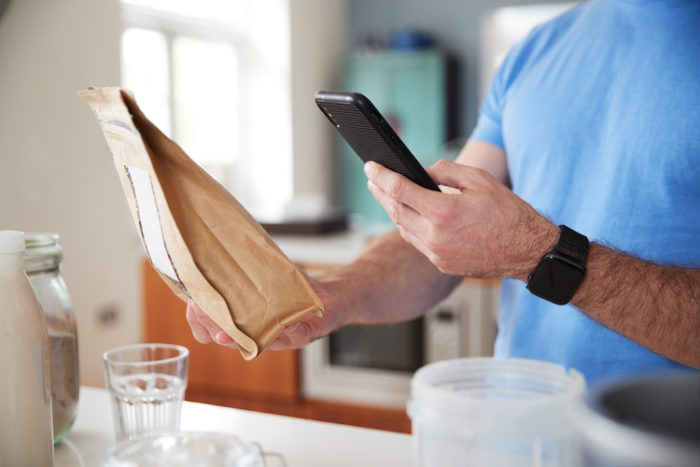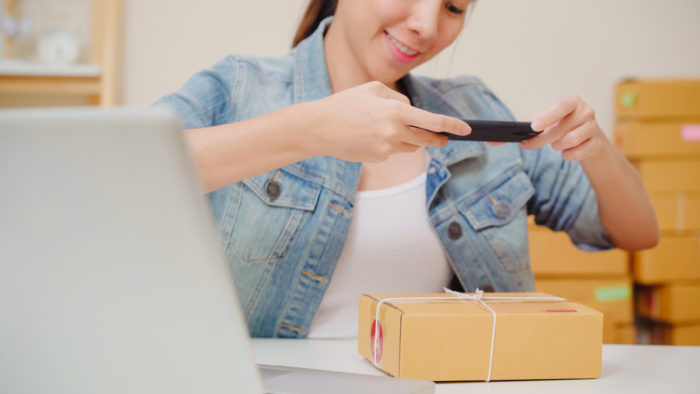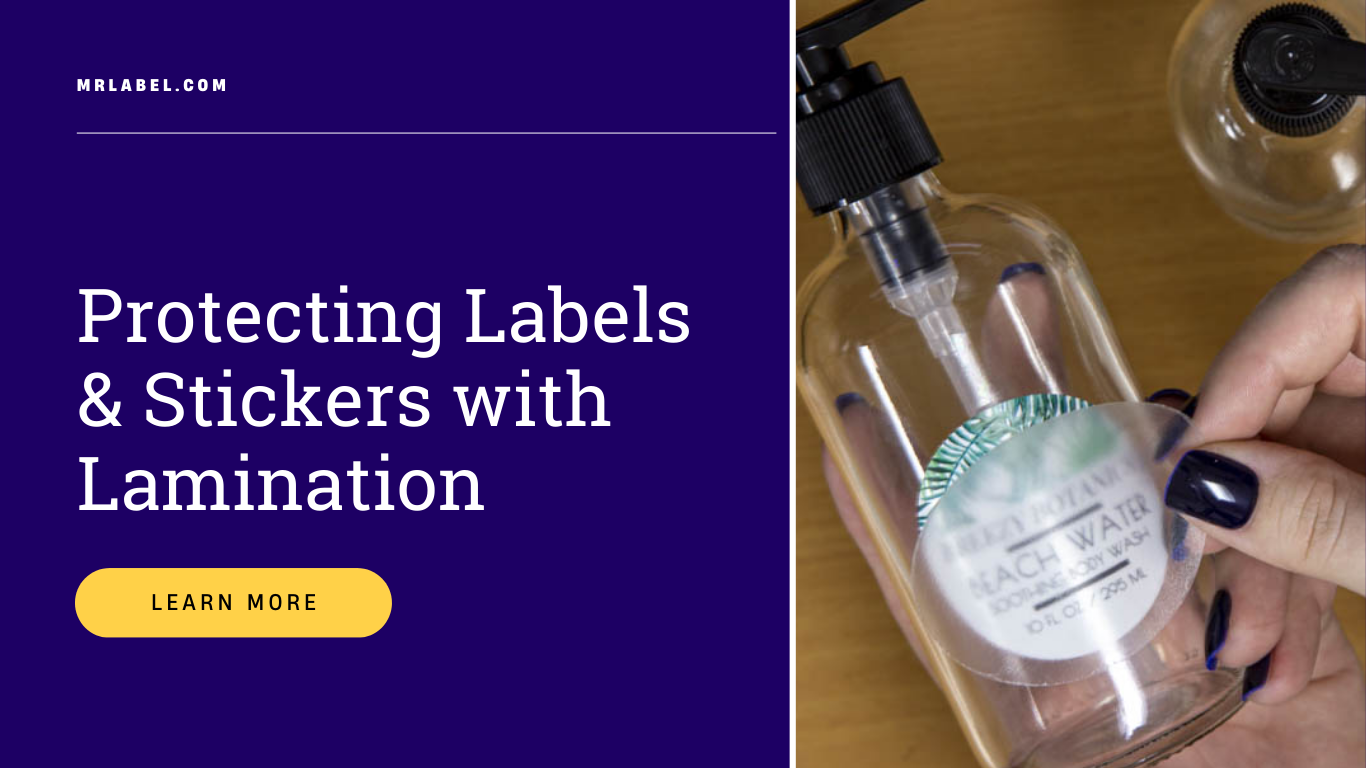Did you know that in 2011 only 6.2% of smartphone users scanned a QR code? Even by 2012, INC magazine reported that 97% of consumers did not know what a QR code was. It wasn’t until 2017, when a little yellow app called Snapchat adopted the QR code, that they started to gain popularity.
Snapchat created QR codes they called “Snapcodes” in order for its users to add friends, use filters, and open websites. In that same year, Apple upgraded its iOS software to include QR code scanners without the need for a third party app. QR code usage has skyrocketed since. From 2018 to 2020, QR code interaction grew by 94%!
QR codes have also become a major part of pop culture. In fact, bitcoin giant Coinbase ran a slick 2022 Super Bowl Ad that featured nothing but a moving QR code on a black background, paying homage to the old DVD standby screensaver. It was a creative, low budget ad, but curiosity prevailed, resulting in an extremely successful ad as viewers quickly pulled out their phones to scan the mysterious QR code. Users were then taken to a landing page offering a promotion that Coinbase was running. Of course, not every business has the resources to obtain a Super Bowl ad placement, but that doesn’t mean QR codes can’t be useful for small to medium-sized businesses as well.
For any product that has a label, it’s a good idea to include a QR code. By making the customer experience more interactive, your brand has a chance to direct its customers wherever you would like. Partnering with label design experts like M&R Label is a surefire way to make your product stand out and maximize your use of QR codes. But first, let’s break down exactly what a QR code is…
What is a QR Code?
Quick Response Codes, also known as QR Codes, are similar to barcodes, except they are two-dimensional. This means they are made of information in both vertical and horizontal directions. You’ll commonly see a mixture of black and white squares and dots.
QR Codes can contain many different types of data, such as social media links, website URLs, email addresses, or contact info. For most modern smartphone users, activating a QR code is as simple as opening the camera app and positioning the lens over the QR code. A clickable link will appear that takes them to a location you specify.
Creating a unique QR code for your business is not as difficult as you might think. All you need is an internet connection! There are plenty of free QR code generators available online. The tricky part comes into play when you’re actually printing the code, it needs to be precise…but we’ll get to that part later!
Now that we understand what QR codes are, let’s take a look at the most popular ways they are used in today’s marketplace…
10 Popular Ways to Incorporate QR Codes on Product Labels
QR codes are much more than a fleeting trend. They are a useful brand touchpoint that you can take advantage of in order to provide a great customer experience and drive sales conversions!
Here are a few creative ways to incorporate QR codes on your product labels or packaging:
- Direct Customers to a Landing Page – Scanning a QR code can direct customers to a signup page or any landing page or website. This eliminates the need for your customers to spend time searching for your website in hopes they happen to land on your hyperlink.
- Rewarding Media – A link to a photo, album, video or other digital media that connects with your brand identity is a wonderful way to give the customer something extra for choosing you.
- Instructional Videos – Use QR codes to give a demonstration on how to use your product or troubleshoot any issues.
- Dial Your Business Number – Scanning your QR code could give a customer helpful information like your business contact number. In some cases, you can even program the QR code to dial your business’ number automatically.
- Send an SMS Message – Make use of SMS marketing by programming a QR code to send an opt-in text message. This is great for sales and user support.
- Send an Email – QR codes that send emails will help you monitor data for newsletters and email marketing campaigns. It’s also a great way to track open and bounce rates.
- Download an App – If you prefer doing business through an app, a QR code can start the download process for an app of your choice. Social media apps like Snapchat have created unique QR codes for their users to add people easily.
- View Business Location – If your business has a physical location and you need to drive foot traffic, consider having a QR code that shows the custom the address of your business.
- Direct Customers to Social Media Pages – If your business has an official Facebook, Twitter, or Instagram account, QR codes can be used to direct potential patrons to your socials.
- Shopping and E-Commerce – One of the most popular ways to use QR codes is for discounts and promotions. It’s also a great way for restaurants to showcase their menus without passing large physical menus around.
Benefits of Partnering with M&R Label for Printing QR Codes
Make sure your label makes the best use of space on your product by teaming up with a professional label printing company. Your custom label should be aesthetically pleasing, contain relevant information, and make an excellent first impression on your customers.
M&R Label can generate barcodes, UPCs, and QR codes for you. Or you can generate the QR code yourself, send the files to us, and we’ll incorporate it into your label design. We suggest that your business utilizes our digital label printing and variable data label printing services.
Digital printing is an economical way for printing premium, custom, short run label orders. Variable data printing is done digitally and allows us to change information, such as text or images, from one label to the next without stopping or slowing down the printing process. Variable label printing also gives customers a fast, affordable solution for printing custom labels that require slight variances, such as add barcodes, consecutive numbering and other identifiable markings.
QR codes are here to stay. The Covid-19 pandemic forced many businesses to go paperless and begin implementing QR codes to communicate information to customers as a touch-free option. Even though businesses are opening back up, QR code usage continues to rise. Even restaurants are using QR codes to pull up digital menus rather than passing around physical copies.
Don’t let your business get left in the dust while your competitors utilize this incredible technology! The marketplace is highly competitive which means you need high quality, custom labels in order to set yourself apart. As your chosen custom label printer in Chicago, we guarantee quick turnaround, high quality materials, and creative label design.





